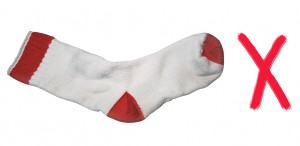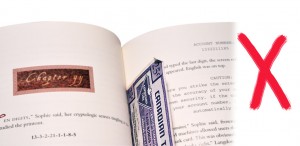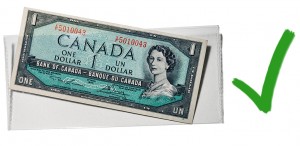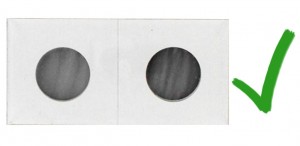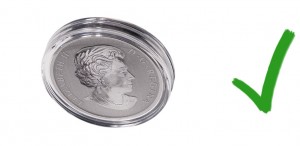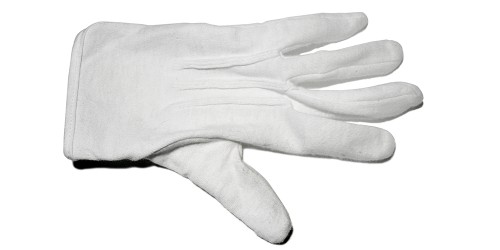On being the amateur collection manager
So now you’ve decided that collecting currency is far more fascinating than collecting 14th Century Flemish altar paintings and have begun to accumulate some items. Good for you, those paintings are a bother to dust and currency is far easier to take care of. Nevertheless, we don’t recommend keeping your coins in an old sock or sticking your bank notes into your copy of The Da Vinci Code. We know you aren’t the British Museum, but there are a lot of simple and cheap things you can do to safeguard your treasured finds.
Probably your most basic starting point is to seek out a cool, dry place in which to store them. This means that most basements, attics, garages, garden sheds or bomb shelters are a bad idea. Paper is ‘hygroscopic’ which means that it easily absorbs moisture from the atmosphere, so your paper items need to be stored someplace that is dry and likely to remain so. Next, purchase inexpensive plastic sleeves. Sleeves, envelopes and binder pages are available at many hobby stores or coin dealers and are generally made of clear acrylic or polyester materials such as Mylar. There is a vast variety of these things available, ranging from foam lined, acrylic boxes for individual items to binder pages for large numbers of coins or notes. PVC or vinyl-based materials (soft and rubbery) are not safe and can damage your collection. As well, unless noted on the package, most paper envelopes are not acid free and will put your paper artifacts at risk.
Always store and display your paper items out of direct sunlight. All inks will fade with exposure to UV rays and paper will yellow.
Generally, the sort of care necessary for paper items will cover the needs of far more robust metal objects. High humidity will corrode certain metals so a dry place is still recommended. Coins are easily scratched and dented as well, so handle with care and store them separate from one another. Silver has special needs owing to its tendency to tarnish. You must keep rubber and silver apart as the rubber gives off hydrogen sulphide, which is a prime agent of silver tarnish. Storing with wool, velvet or felt will also promote this corrosion. Tightly sealed acrylic boxes or cardboard frames lined with Mylar are good ways of retarding tarnish and you should handle your silver coins with cotton gloves. Enjoy and take care.
The Museum Blog
Whatever happened to the penny? A history of our one-cent coin.
By: Graham Iddon
Good as gold? A simple explanation of the gold standard
By: Graham Iddon
Speculating on the piggy bank
By: Graham Iddon
